
Lexus UX 300e Review: First Drive
The Lexus UX 300e doesn’t make a lot of sense on paper – it doesn’t have a real-world range for anxiety-free road trips, nor does it have the space, practicality, and tech offered by other luxury EVs. But it is a comfortable, well-built EV for the city, with a sense of occasion about it.
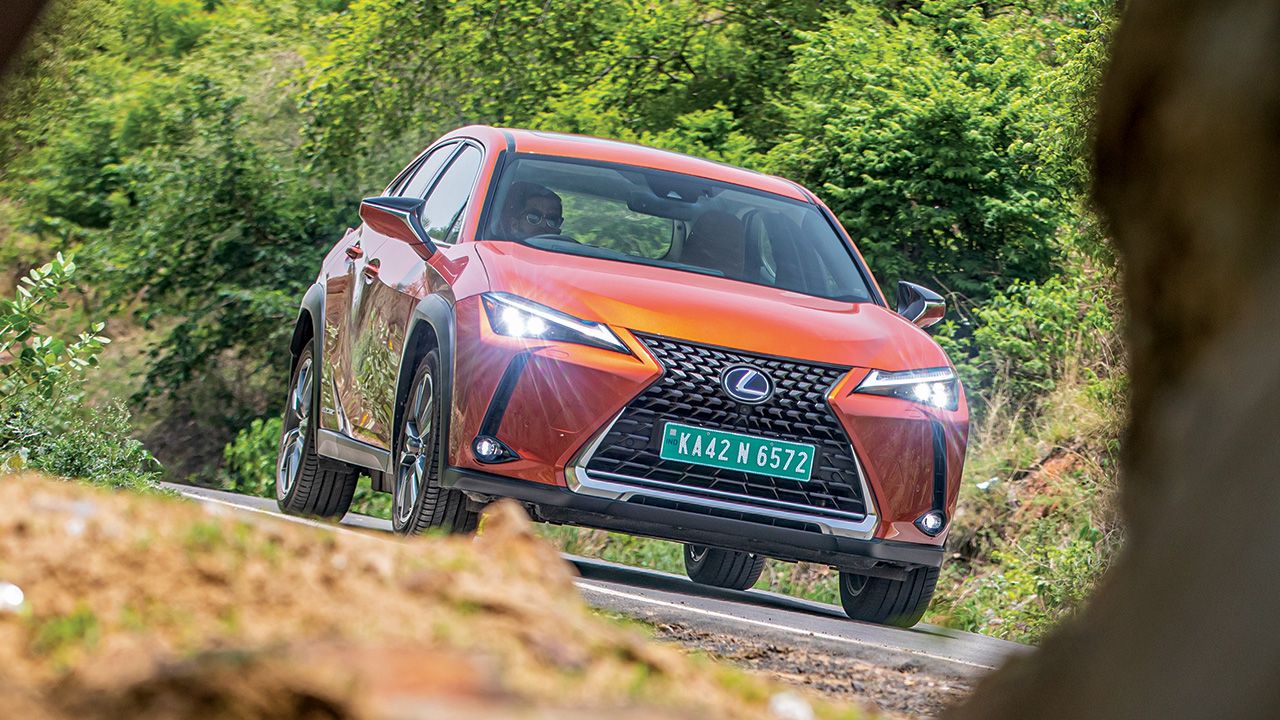
The UX 300e is Lexus’ first battery-electric vehicle. We get behind the wheel to find out if it’s any good.
Moore’s law refers to an observation that the number of transistors in an integrated circuit doubles every couple of years. For those who don’t have a degree in electrical engineering – I don’t either – Gordon Moore was essentially trying to say technology moves fast. In the last few months alone, I’ve driven more new electric cars than I have petrol or diesel ones which is interesting, especially in a country whose only exposure to EVs was the minuscule REVAi 20 years ago and not much since. Today, we have homegrown EVs from Tata and Mahindra and emission-free offerings from every major manufacturer around the globe, and Lexus could be joining that list too. We get a preview of Lexus’ all-electric future with the UX 300e.
Lookin’ Good
At 4,495mm long, 1,840mm wide, and 1,545mm tall, the UX is not as big as the NX, which is already on sale in India, but it isn’t what you’d call small. The long nose, sloping roof and lavish platter of bulges, creases, and lines all come together to give the UX an athletic stance – one that hides its size very well.
Hop inside, and the first thing that welcomes you is leather. You can spend a considerable amount of time just running your fingers over and prodding swathes of it. It is soft. Bring your attention to the fabric finish on the dashboard, indicator, wiper stalks, drive mode selector, and even door handles is enough to see that quality is a priority here. Lexus also gets the unsung heroes right. You can lose a needle in the thick carpets and the sound of the window operation oozes Japanese precision engineering. There is that sense that even 10 years down the line, it will sound exactly as surgical as it does today. The 12-speaker Mark Levinson audio system is also fantastic, with thumping bass, crisp highs, and punchy mids.
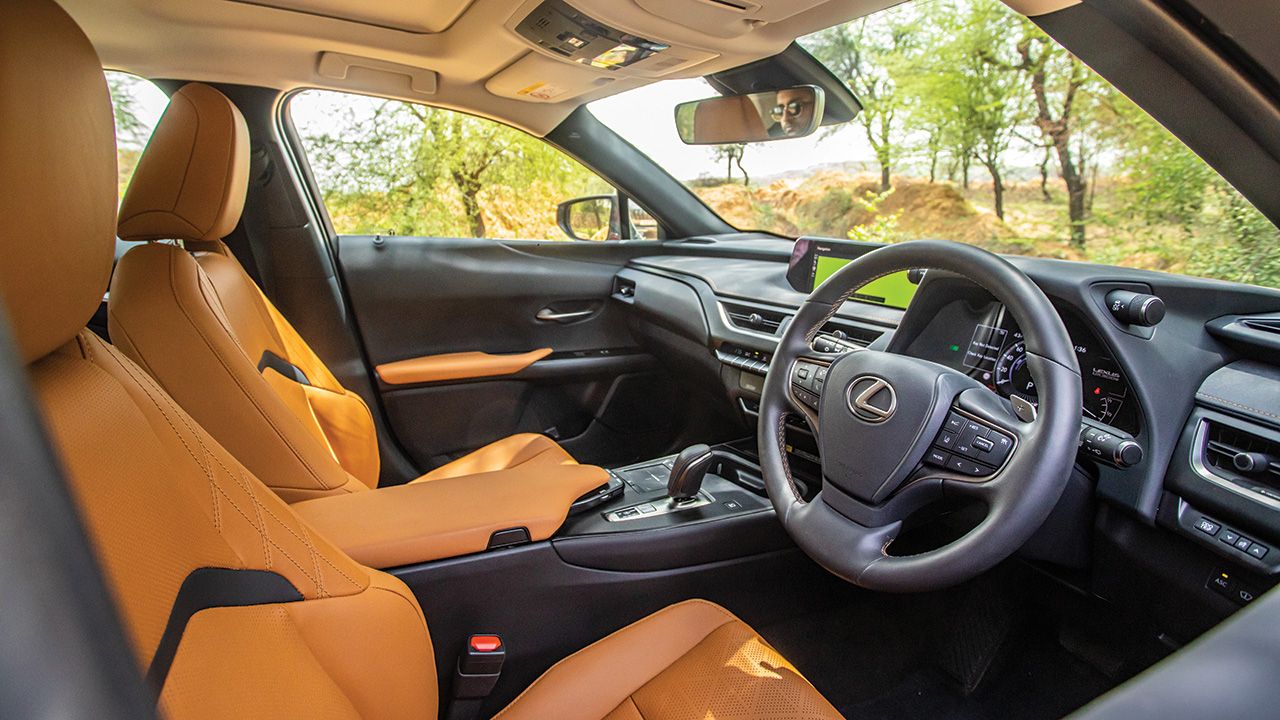
There are a few subpar plastics lower down on the dashboard, and the rear door cards are almost completely made of scratchy bits. The UX is also shockingly cramped in the back – anyone over 6 feet will not only struggle to fit in but also climb in, thanks to the high floor, small door aperture, and lack of knee room. And then there’s the infotainment system. The 10.3-inch screen is bright and crisp and has Apple CarPlay and Android Auto, but it isn’t a touchscreen. Instead, you have a touchpad on the centre console to control it. The less I speak about it, the better. Controlling a touch-based interface with a mouse pad is just as frustrating as it sounds, and the stock Lexus UI is confusing enough to throw off a veteran hacker. The UX isn’t old, but with other cars offering tablet-sized screens with rapid touch responses, it is showing some strands of grey hair here. Moore’s Law. But it isn’t all doom and gloom – something that becomes apparent the moment you set off.
Easy Going
Powering the Lexus UX 300e is a single motor sending 201bhp and 300Nm to the front wheels. There’s a 54.3kWh battery pack under the floor, which takes 53 minutes to charge from 0 to 80% via a 50kW DC fast charger (with a CHAdeMO plug). Lexus claims a range of 304kms (with 18-inch rims), but the real-world figure should be between 250 – 260kms. Performance is brisk, the claimed 0 – 100km/h time of 7.5 seconds only telling half the story because the UX struggles to put down its power initially. With traction control working overtime when gunning it from a standstill, it’s during rolling acceleration that the UX feels zippier. That said, you’re better off taking it easy anyway.
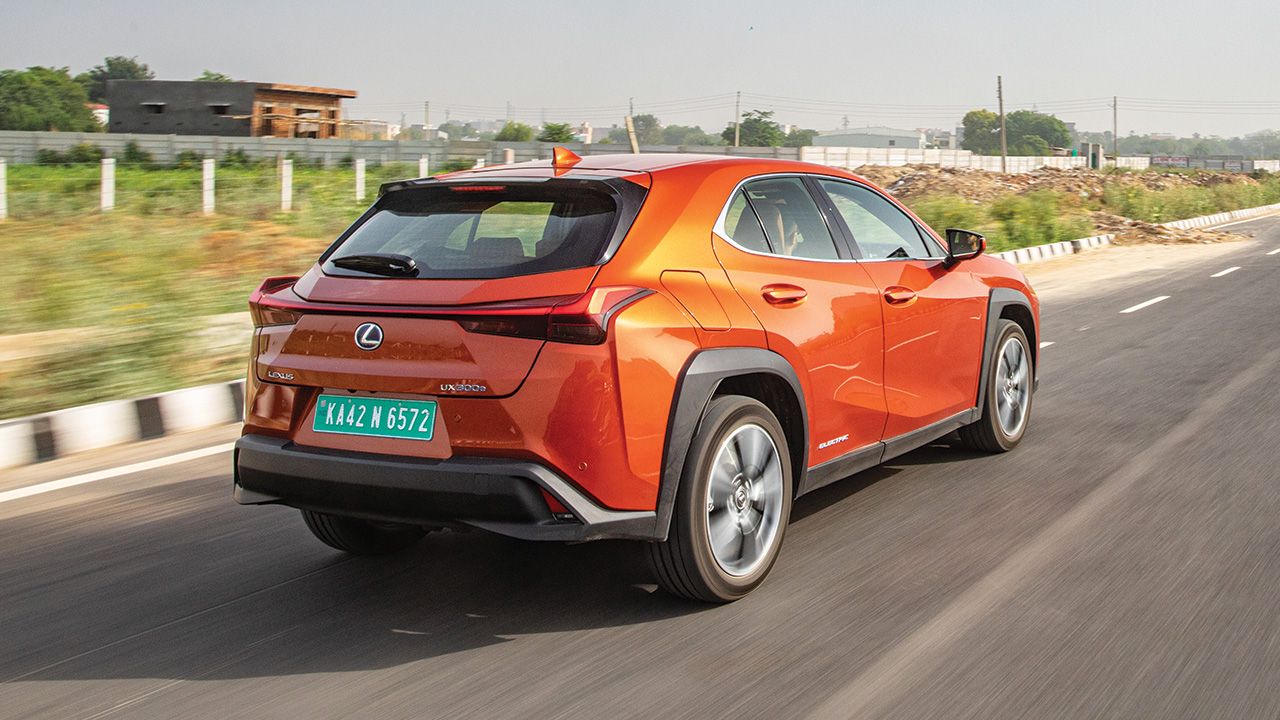
Ride quality is supple with an underlying stiffness, which keeps you in touch with the driving experience, without rudely reminding you of the tarmac’s nuances. NVH levels play an important role in keeping the cabin noise-free, especially in an EV, and the UX excels in this regard. Road noise is hardly audible at city speeds, neither is wind noise and pretty much no thuds from potholes filter into the cabin, and you can barely hear the traffic outside, even without music playing.
Driving the UX is such a relaxing experience that you could almost doze off. I’m not saying you should, but it has a bunch of ADAS features that will probably keep you out of the bushes if you do. Perhaps the only downside of the driving experience is the regen system, which isn’t strong enough. And while there are paddles to flick through different levels, it resets to its default setting as soon as you get back on the throttle. Strange!
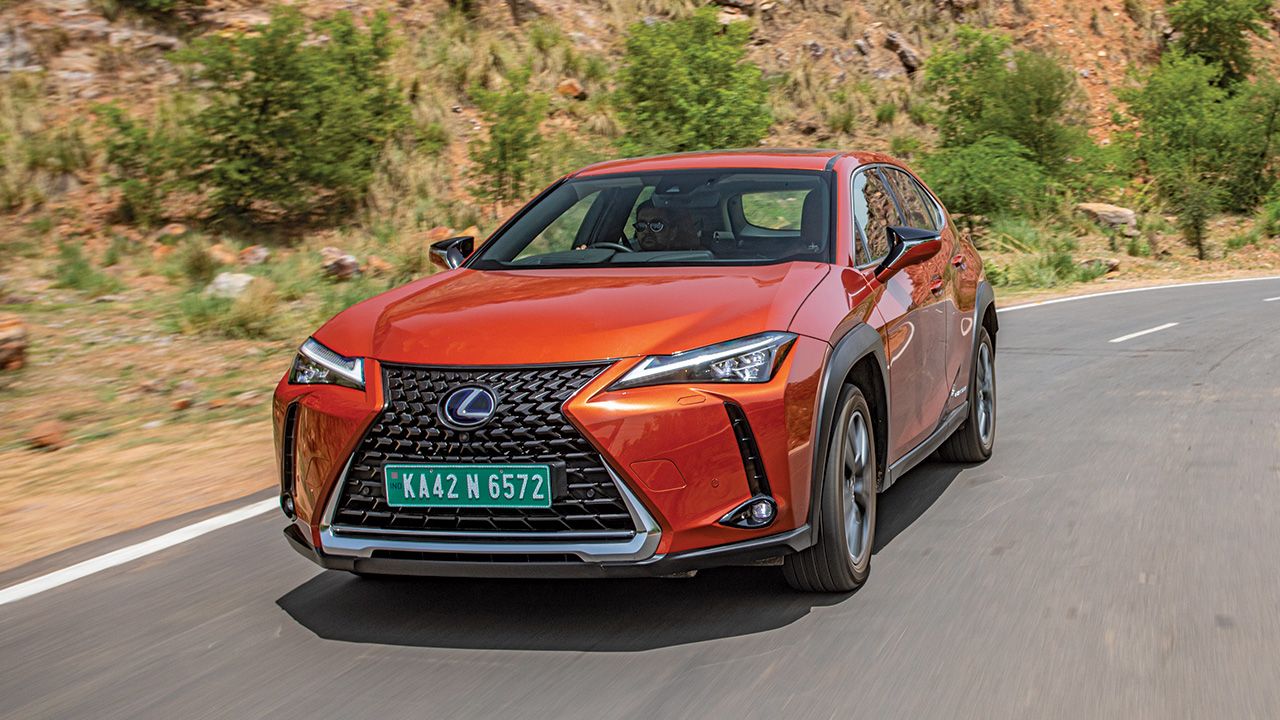
'The long nose, sloping roof and lavish platter of bulges, creases & lines come together to give it an athletic stance'
Verdict
The Lexus UX 300e doesn’t make a lot of sense on paper – it doesn’t have a real-world range for anxiety-free road trips, nor does it have the space, practicality, and tech-laden interior offered by other luxury EVs. But not all EV buyers are looking for practicality. The UX 300e is a comfortable, luxurious and stylish way to potter around town without polluting the environment. And that fits the bill for more people than you might think. Now to wait and find out whether it will come to India!
Read more:
Audi Q5 vs BMW X3 vs Lexus NX 350h vs Volvo XC40 Recharge: Comparison
Motor: Permanent Magnet Synchronous
Battery: 54.3kWh Li-ion
Peak Power: 201bhp
Peak Torque: 300Nm
range: 304kms (WLTP)
Charging Time: 0 – 80%: 53 min via 50kW DC charger, 8hr 15min via 6.6kW AC charger
X-Factor: A comfortable, well-built EV for the city, with a sense of occasion about it.
|
Pros |
Cons |


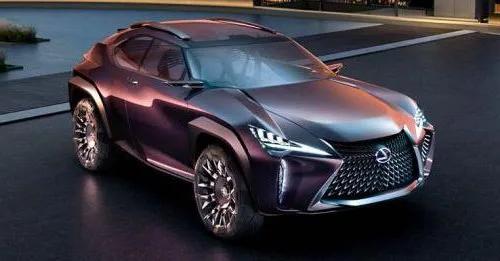

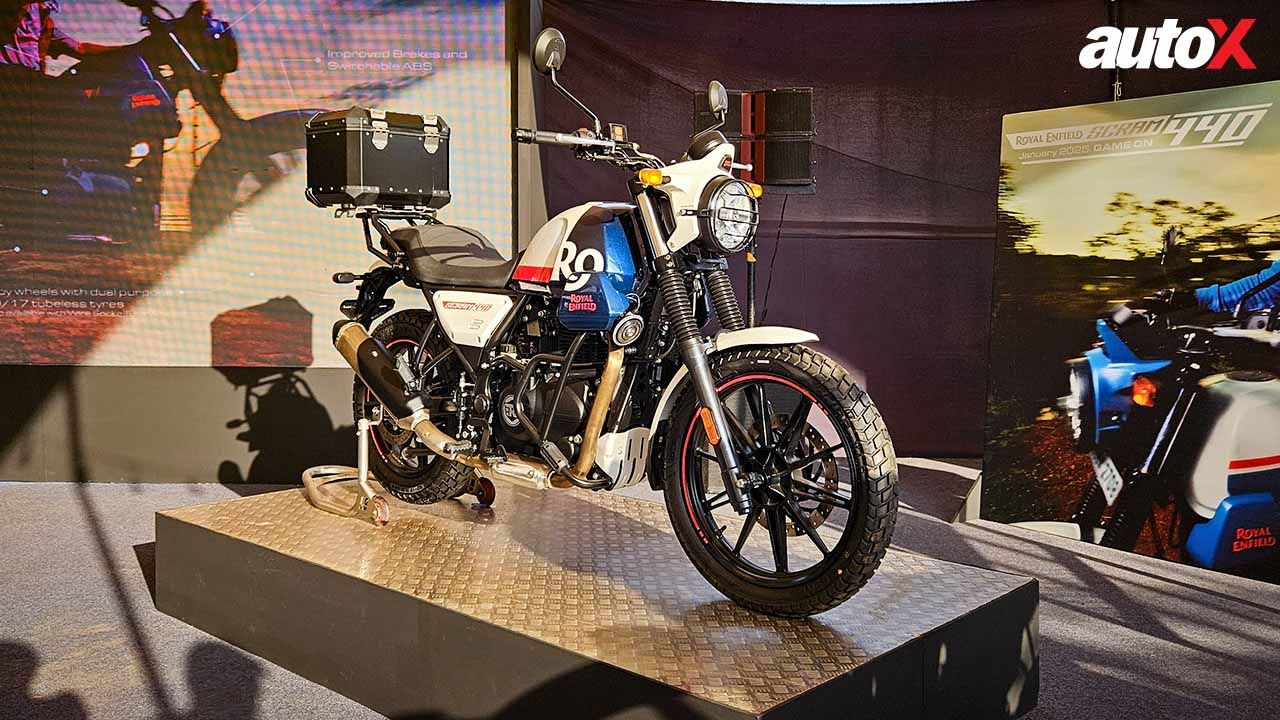

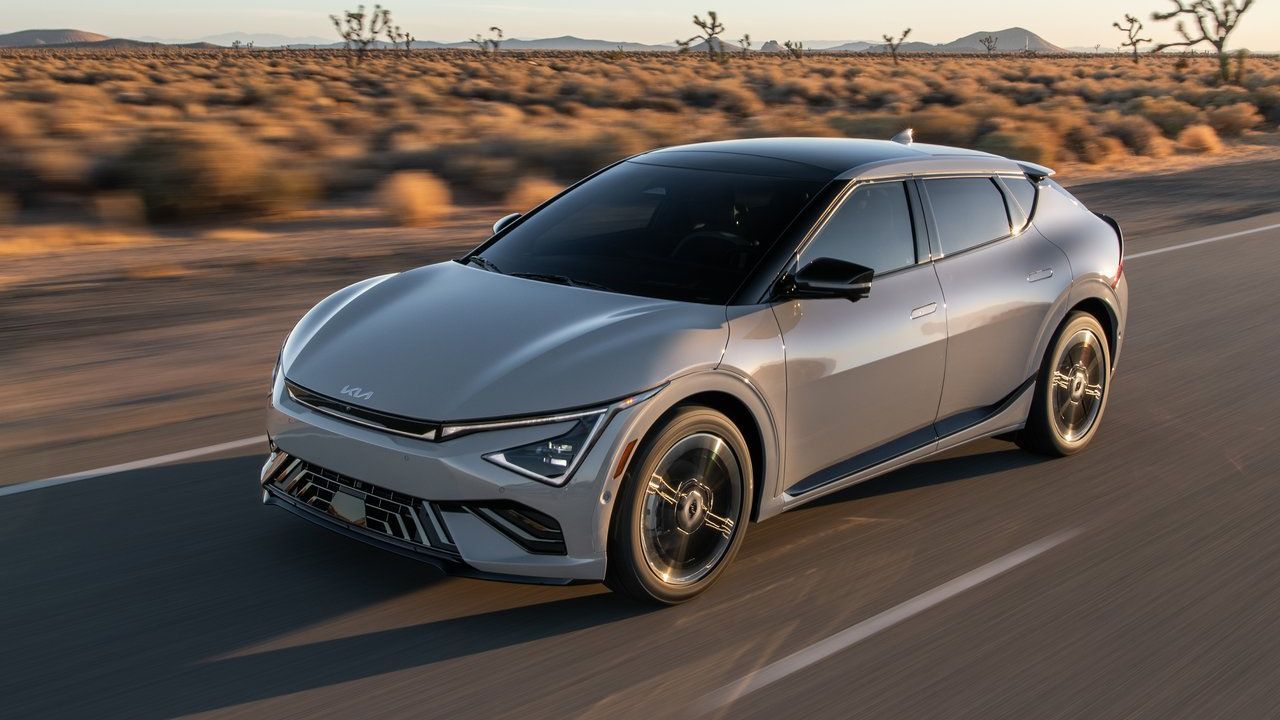
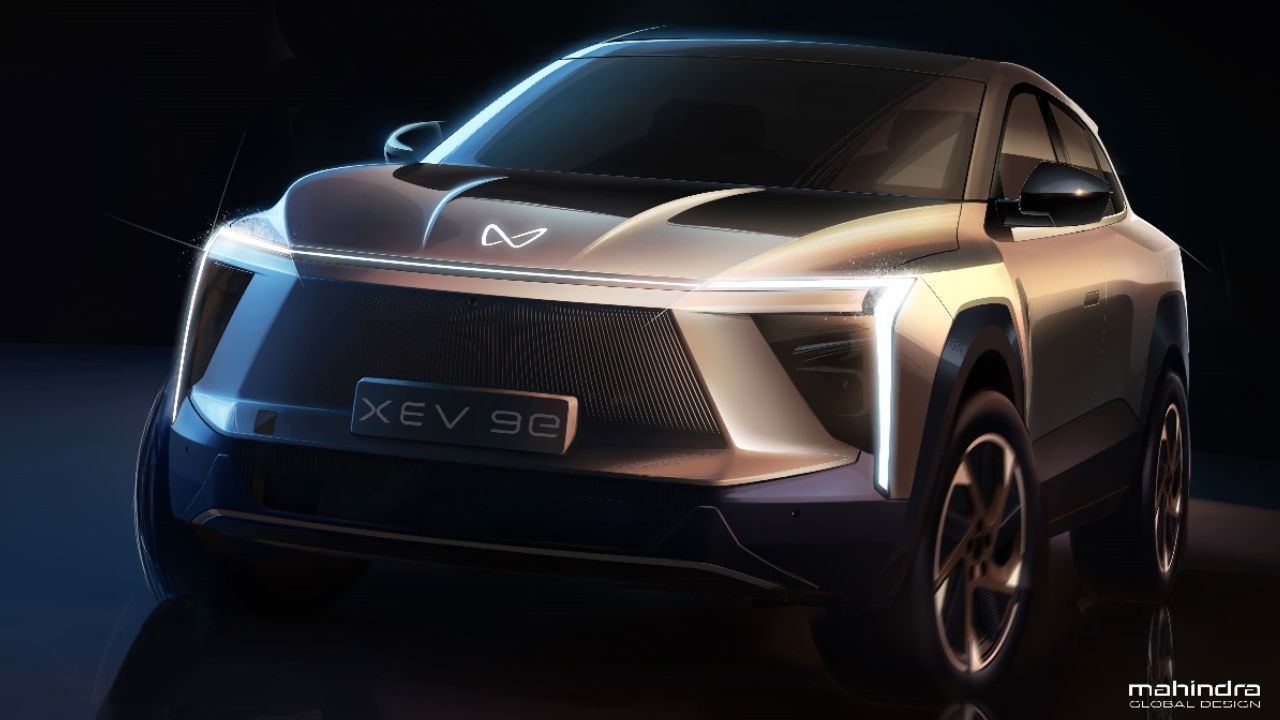
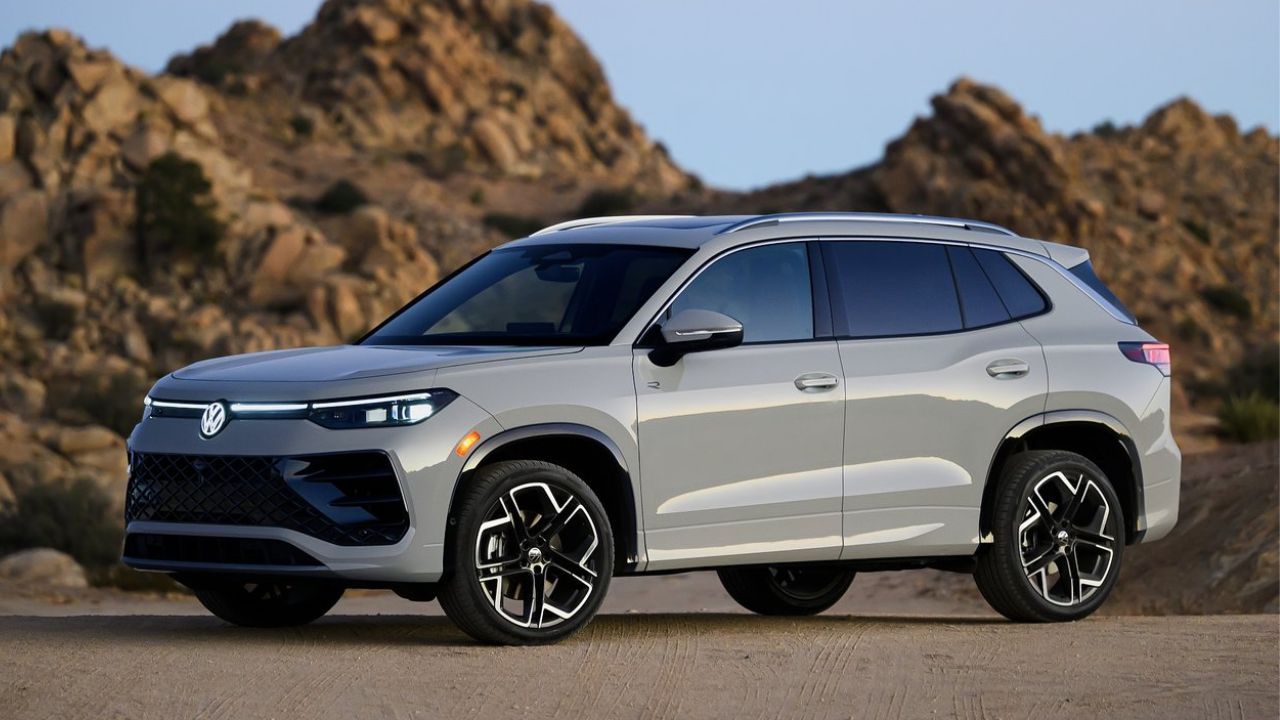
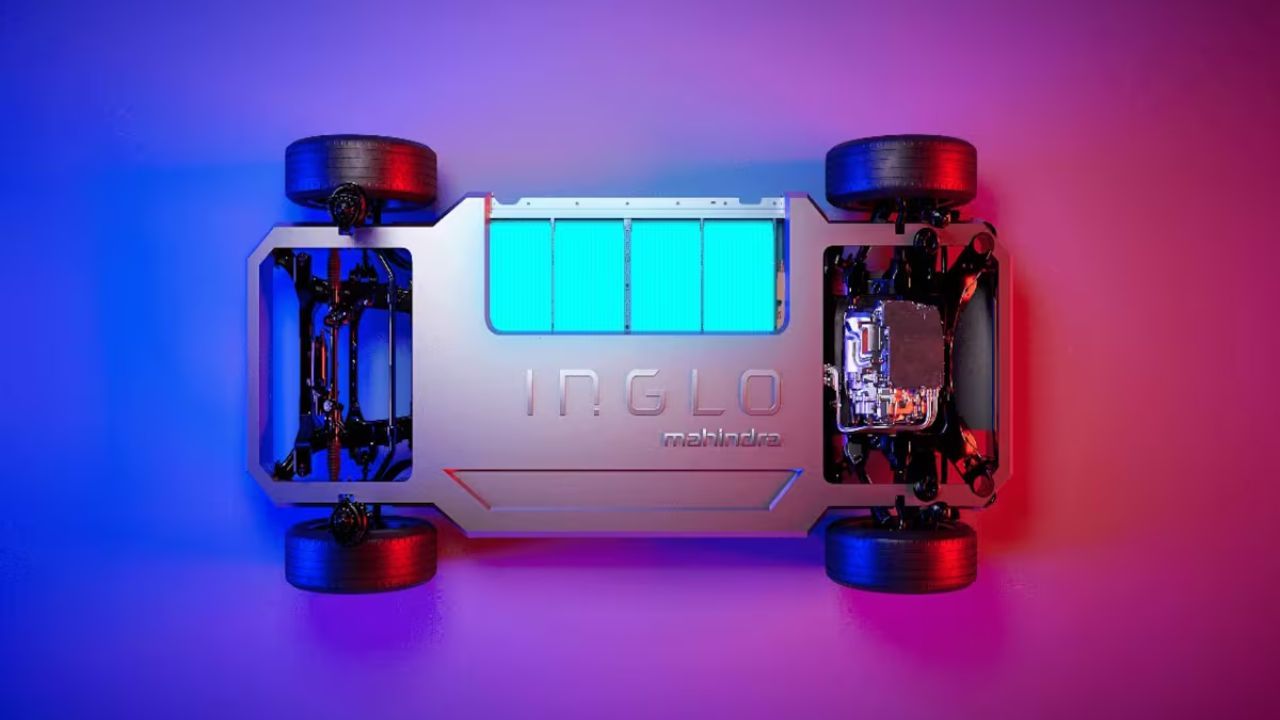

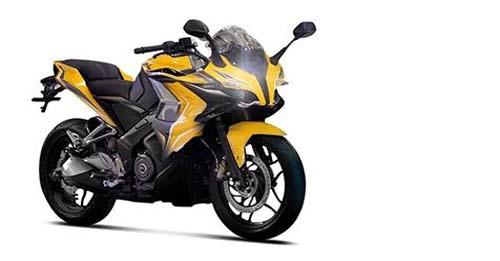
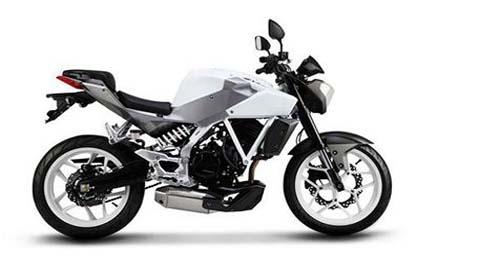
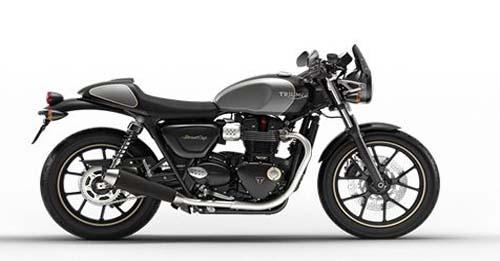
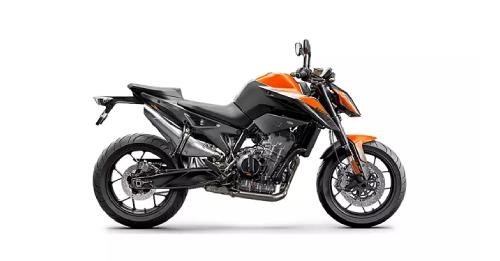









Write your Comment on